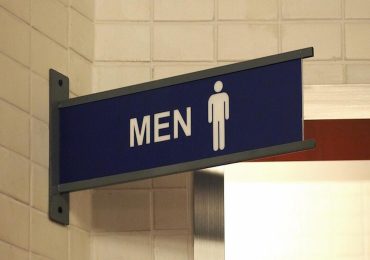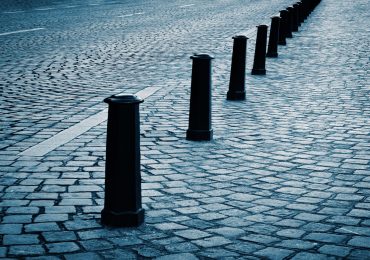Many firms these days choose to use medium-density fibreboard (MDF) for a variety of purposes. However, this material has advantages and disadvantages. One of the difficulties associated with MDF is that it in some circumstances it can require a specialist to cut it properly. It makes sense for those considering using the material to take a close look at it.
MDF under the spotlight
MDF can be used instead of plywood. It is generally a bit denser than plywood. It is a material which is engineered and this is responsible for its specific qualities. It has been around in significant quantities since the 1980s and has proven very useful in many different situations. There are now different types of MDF which have been developed in accordance with demand. These vary in their density. Unlike normal wood, MDF has no rings in it.
Practical uses of MDF
MDF is a versatile material. It can work well by itself. However, veneered MDF is also very popular. This is primarily because hardwoods are not easy to get hold of at a reasonable price. However, veneered MDF can look very attractive if it is used effectively. MDF is commonly used to make shelving, but it has other applications too.
Cutting MDF is not easy
MDF cutting is complicated because of the dust which is created by the process. Experts recommend that people wear respirators when they are cutting the material. It is often best to get the cutting performed at a timber merchant with the necessary experience and expertise.




